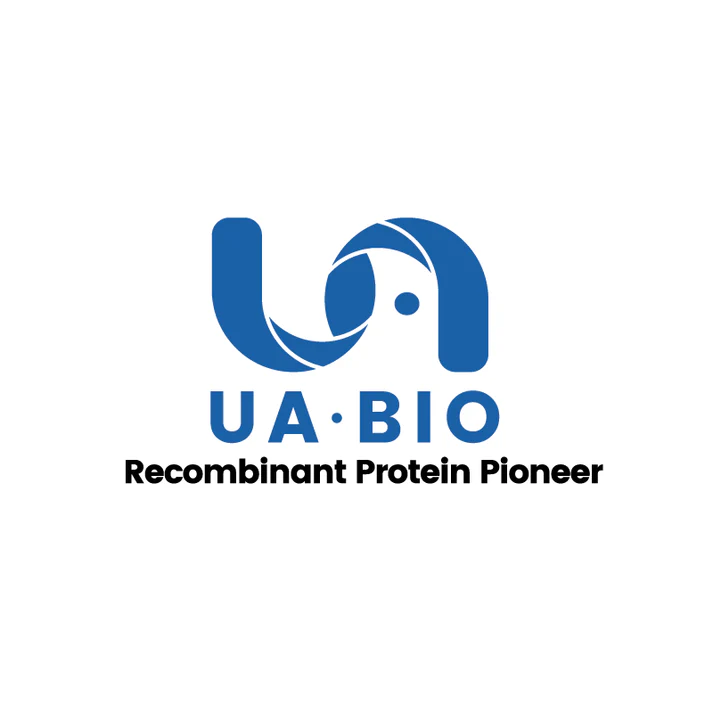2μg (R: reducing condition, N: non-reducing condition).
Product Details
Product Details
Product Specification
| Species | Human |
| Synonyms | C-C motif chemokine 14; Chemokine CC-1/CC-3 (HCC-1/HCC-3); HCC-1(1-74); NCC-2; Small-inducible cytokine A14; |
| Accession | Q16627 |
| Amino Acid Sequence | Gly28-Asn93 |
| Expression System | E.coli |
| Molecular Weight | 7.8 kDa (Reducing) |
| Purity | >95% by SDS-PAGE and HPLC. |
| Endotoxin | <0.1EU/μg |
| Conjugation | Unconjugated |
| Tag | No Tag |
| Physical Appearance | Lyophilized Powder |
| Storage Buffer | 20mM PB, 500mM NaCl, pH7.0 |
| Reconstitution | Reconstitute at 0.1-1 mg/ml according to the size in ultrapure water after rapid centrifugation. |
| Stability & Storage | · 12 months from date of receipt, lyophilized powder stored at -20 to -80℃. · 3 months, -20 to -80℃ under sterile conditions after reconstitution. · 1 week, 2 to 8℃ under sterile conditions after reconstitution. · Please avoid repeated freeze-thaw cycles. |
| Reference | BMC Genomics. 2008 May 15:9:222. |
Background
CCL14a, also known as HCC-1 (Hematopoietic Cell-Derived CC Chemokine 1), is a chemokine belonging to the CC chemokine family. It is involved in immune regulation and inflammation. CCL14a/HCC-1 is produced by various cell types, including monocytes, macrophages, and dendritic cells, in response to inflammatory stimuli.
CCL14a/HCC-1 functions by binding to specific chemokine receptors on target cells, such as CCR1 and CCR5, to induce chemotaxis and activation of immune cells. It plays a role in recruiting leukocytes to sites of inflammation and modulating immune responses.
Research has shown that CCL14a/HCC-1 is implicated in various physiological and pathological processes, including immune cell trafficking, inflammatory diseases, and cancer. Understanding the role of CCL14a/HCC-1 in these processes may provide insights into potential therapeutic strategies for targeting this chemokine in the treatment of related conditions.
Picture
Picture
SDS-PAGE
RP-HPLC
>95% as determined by RP-HPLC.


